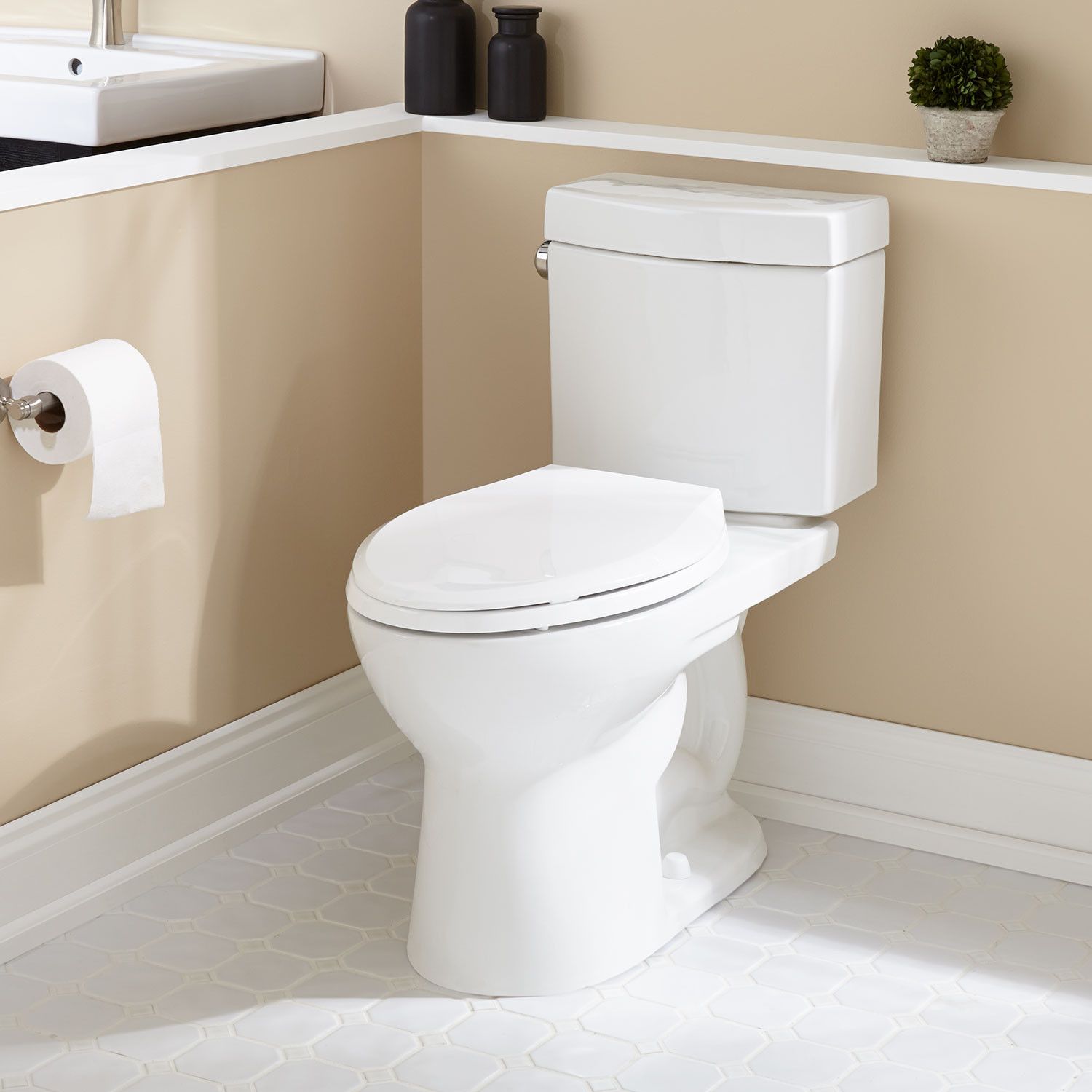

Articles
What Is An Ada Compliant Toilet
Modified: August 28, 2024
Discover everything you need to know about ADA compliant toilets in this informative article. Learn about their features and benefits for easier accessibility.
(Many of the links in this article redirect to a specific reviewed product. Your purchase of these products through affiliate links helps to generate commission for Storables.com, at no extra cost. Learn more)
Introduction
Welcome to the world of ADA compliant toilets. ADA, which stands for the Americans with Disabilities Act, was enacted in 1990 to ensure equal access and opportunities for individuals with disabilities. Part of this legislation includes regulations for accessible facilities, including restrooms.
ADA compliant toilets are specially designed to meet the needs of individuals with disabilities, providing them with the necessary comfort, safety, and independence when using restroom facilities. These toilets adhere to specific guidelines and requirements to ensure that they are accessible to individuals with various mobility and sensory impairments.
In this article, we will provide an overview of ADA compliance, highlight the requirements for ADA compliant toilets, discuss the dimensions and specifications, and explore the benefits of having these toilets in public and private spaces.
Whether you are a business owner, facility manager, or homeowner, understanding ADA compliance is crucial for creating inclusive and accessible environments. So, let’s dive in and discover everything you need to know about ADA compliant toilets.
Key Takeaways:
- ADA compliant toilets are designed to provide individuals with disabilities the comfort, safety, and independence they need when using restroom facilities. By meeting ADA compliance guidelines, businesses and organizations create inclusive and welcoming environments for all individuals.
- ADA compliant toilets offer benefits such as increased accessibility, independence, safety, legal compliance, enhanced reputation, and even increased property value in residential settings. These toilets play a crucial role in promoting inclusivity and respect for individuals with disabilities.
Read more: What Is Ada Toilet Height
Overview of ADA Compliance
ADA compliance ensures equal access and non-discrimination for individuals with disabilities. The ADA regulations cover a wide range of areas, including employment, transportation, public accommodations, and more. When it comes to restrooms and toilet facilities, the ADA sets guidelines to ensure accessibility and usability for individuals with disabilities.
The ADA regulations state that at least one accessible restroom should be provided in each public space or facility. These restrooms must meet specific requirements to ensure accessibility for individuals with mobility impairments, wheelchair users, and other disabilities.
ADA compliance extends beyond just the physical structure of the restroom. It also covers elements such as signage, clear floor space, grab bars, and flush controls, all of which play a crucial role in making the restroom truly accessible.
By adhering to ADA compliance regulations, businesses and organizations not only fulfill their legal obligations but also create an inclusive and welcoming environment for all individuals, regardless of their abilities.
It’s important to note that while ADA compliance is mandatory for public spaces, it is also recommended for private spaces. Installing ADA compliant toilet facilities in homes and other private properties not only enhances accessibility for residents but also adds value to the property.
Now that we have a general understanding of ADA compliance, let’s delve into the specific requirements for ADA compliant toilets.
Requirements for ADA Compliant Toilets
ADA compliant toilets must meet certain requirements to ensure accessibility and usability for individuals with disabilities. These requirements cover various aspects of the toilet design, including dimensions, grab bars, flush controls, and clear floor space.
Let’s take a closer look at the key requirements for ADA compliant toilets:
- Toilet Height: ADA compliant toilets must have a height between 17 and 19 inches from the floor to the top of the seat. This ensures that individuals with mobility impairments can transfer onto and off the toilet seat easily.
- Clear Floor Space: There must be adequate clear floor space of at least 60 inches in diameter or a T-shaped space of 36 inches wide and 48 inches deep in front of the toilet. This allows individuals using wheelchairs or mobility devices to maneuver comfortably and transfer onto the toilet.
- Grab Bars and Handrails: Grab bars are essential for providing support and stability for individuals with disabilities. ADA compliant toilets require sturdy grab bars on at least one side of the toilet, with a length of 42 inches and positioned between 33 and 36 inches above the floor. These grab bars assist in transferring onto and off the toilet seat safely.
- Flush Controls: Flush controls must be easily operable and should be located on the open side of the toilet. The controls should require no more than five pounds of force to operate and should be positioned no higher than 44 inches above the floor.
- Space for Assistance: ADA compliant toilets should be designed to accommodate a personal caregiver or assistant, if needed. The area around the toilet should provide space for someone to assist without obstructing the clear floor space.
- Signage and Proper Labeling: ADA compliant toilets require clear and visible signage indicating their accessibility. The signage should include the International Symbol of Accessibility and may also indicate features like grab bars and wheelchair accessibility.
These requirements ensure that ADA compliant toilets are accessible and functional for individuals with disabilities, allowing them to use restroom facilities independently and with dignity.
Now that we understand the requirements, let’s explore the specific dimensions and specifications for ADA compliant toilets.
ADA Compliant Toilet Dimensions
ADA compliant toilets have specific dimensions to ensure accessibility and ease of use for individuals with disabilities. These dimensions are designed to accommodate individuals using wheelchairs, mobility aids, or those with limited mobility.
Here are the key dimensions and specifications for ADA compliant toilets:
- Toilet Seat Height: The height of an ADA compliant toilet seat should measure between 17 and 19 inches from the floor to the top of the seat. This height range allows for easy transfer onto and off the toilet seat for individuals with mobility impairments or those using wheelchairs.
- Toilet Rim Height: The rim of an ADA compliant toilet should be no higher than 17 inches from the finished floor. This ensures individuals with disabilities can comfortably reach the rim for cleaning and personal hygiene purposes.
- Toilet Bowl Depth: ADA compliant toilet bowls should have a minimum depth of 19 inches measured from the front edge of the bowl to the back. This provides ample space for individuals using wheelchairs or mobility devices to position themselves properly in front of the toilet.
- Toilet Clearance: ADA compliant toilets require proper clearance around the fixture for easy maneuverability. There should be at least 42 inches of clear space in front of the toilet bowl to ensure wheelchair users can approach and position themselves comfortably.
- Grab Bars Positioning: ADA compliant toilets must have grab bars installed on at least one side of the toilet. The grab bars should be positioned between 33 and 36 inches above the finished floor, providing individuals with stability and support during transfers.
These dimensions and specifications ensure that ADA compliant toilets are accessible, comfortable, and safe for individuals with disabilities. By following these guidelines, businesses and organizations can create inclusive restroom facilities that cater to individuals with diverse needs.
Now that we understand the dimensions, let’s explore the importance of grab bars and handrails in ADA compliant toilets.
Grab Bars and Handrails
Grab bars and handrails are essential components of ADA compliant toilets, as they provide stability, support, and safety for individuals with disabilities. These features play a crucial role in helping individuals with mobility impairments navigate the restroom and transfer onto and off the toilet seat.
Here are some key points to consider regarding grab bars and handrails in ADA compliant toilets:
- Positioning: Grab bars must be installed on at least one side of the toilet, preferably the side closest to the wall. The bars should be positioned between 33 and 36 inches above the finished floor to ensure comfortable and convenient access for individuals with disabilities.
- Length: ADA compliant grab bars should be at least 42 inches in length, providing sufficient support along the side of the toilet. This length enables individuals to maintain balance and stability during transfers.
- Diameter and Shape: Grab bars should have a diameter between 1.25 and 1.5 inches for a secure grip. The shape of the bars should be rounded or smooth to avoid any sharp edges or corners that could cause injury.
- Installation: The grab bars must be securely mounted to the wall or the adjacent framing structure. It is crucial to ensure that the bars can withstand a reasonable amount of force without detaching or becoming loose.
- Finish: The surface of the grab bars should be slip-resistant and easy to grip. Textured or knurled finishes can enhance grip and prevent slipping, ensuring the safety of individuals using the restroom.
By incorporating grab bars and handrails into ADA compliant toilets, businesses and organizations demonstrate their commitment to inclusivity and accessibility. These features provide individuals with disabilities the necessary support and stability to navigate the restroom independently and with confidence.
Now that we understand the importance of grab bars and handrails, let’s explore the requirements for flush controls and toilet height in ADA compliant toilets.
When looking for an ADA compliant toilet, make sure it meets the required seat height (17-19 inches), has a lever flush, and provides adequate space for side and front transfer.
Flush Controls and Toilet Height
Flush controls and toilet height play a significant role in ensuring the accessibility and usability of ADA compliant toilets for individuals with disabilities. These features are designed to accommodate the needs of individuals with varying levels of mobility and provide ease of use and independence.
Here are the key considerations for flush controls and toilet height in ADA compliant toilets:
- Flush Controls: Flush controls should be easily operable and located on the open side of the toilet. This allows individuals with disabilities, including those with limited hand strength or dexterity, to comfortably reach and operate the flush mechanism. The controls should require no more than five pounds of force to activate, ensuring ease of use for all users.
- Toilet Height: ADA compliant toilets should have a height between 17 and 19 inches from the floor to the top of the seat. This elevated height makes it easier for individuals with mobility impairments or those using wheelchairs to transfer onto and off the toilet seat. The higher seat level reduces the strain and effort required for individuals to lower themselves onto the toilet and stand back up.
- Grab Bar Compatibility: When selecting flush controls and toilet models, it is important to consider compatibility with the placement of grab bars. The flush controls should not obstruct the proper positioning and installation of the grab bars, ensuring individuals can utilize both features concurrently and without any hindrance.
- Accessibility for Caregivers: ADA compliant toilets should also consider the needs of personal caregivers or assistants. The toilet design should provide ample space around the fixture, allowing caregivers to assist individuals with disabilities without hindering their movement or compromising accessibility.
By integrating easily accessible flush controls, and ensuring the appropriate toilet height, ADA compliant toilets provide an inclusive and user-friendly restroom experience for individuals with disabilities. These features contribute to a comfortable and independent bathroom experience, empowering individuals to use the facilities with dignity.
Now that we understand the requirements for flush controls and toilet height, let’s explore the importance of clear floor space in ADA compliant toilets.
Clear Floor Space
Clear floor space is a critical element in ADA compliant toilets that ensures accessibility and maneuverability for individuals with disabilities. It refers to the unobstructed area in the restroom that allows individuals using wheelchairs or mobility devices to approach and use the toilet comfortably.
Here are the key aspects to consider regarding clear floor space in ADA compliant toilets:
- Dimensions: ADA guidelines specify that the clear floor space in front of the toilet should have a minimum diameter of 60 inches or a T-shaped space of 36 inches wide and 48 inches deep. This ample space enables individuals using wheelchairs or mobility devices to approach, position themselves, and maneuver without any obstructions.
- Inward Swinging Doors: If the toilet compartment has an inward swinging door, it must provide enough clear floor space to accommodate the door swing without impeding access to the toilet or causing any obstacles within the clear floor space.
- Obstruction-Free Pathways: Clear floor space should be free from any protrusions, such as pipes, fixtures, or equipment. The area around the toilet, including the sides and rear, should be clear, allowing individuals to safely transfer onto and off the toilet seat.
- Accessible Pathways: The pathway to the toilet should be accessible, with no steps or raised thresholds. The flooring should be level and slip-resistant, ensuring a safe and hassle-free journey for individuals with disabilities.
Clear floor space is a crucial design consideration as it allows individuals with disabilities to approach and use the toilet independently. It promotes safety, convenience, and dignity for all users.
Now that we understand the importance of clear floor space, let’s discuss signage and proper labeling for ADA compliant toilets.
Signage and Proper Labeling
Signage and proper labeling are essential elements of ADA compliant toilets as they help individuals easily identify and locate accessible restroom facilities. Clear and visible signage ensures that individuals with disabilities can confidently navigate the restroom and find the appropriate facilities that meet their needs.
Here are some key considerations for signage and proper labeling in ADA compliant toilets:
- International Symbol of Accessibility: ADA compliant toilets should be clearly marked with the International Symbol of Accessibility. This symbol consists of a white figure in a wheelchair on a blue background, universally recognized as a symbol of accessibility.
- Location and Placement: The signage should be positioned at a height that is easily visible and readable for individuals with disabilities, including those using wheelchairs or mobility devices. It should be placed near the entrance of the restroom or within a reasonable distance for individuals to locate it promptly.
- Additional Information: In addition to the International Symbol of Accessibility, the signage may include supplementary information such as Braille or tactile lettering, indicating the specific features available in the accessible restroom, such as grab bars, larger stalls, or other accommodations.
- Proper Labeling: ADA compliant toilets should also have proper labeling on the fixtures themselves, including the toilet seat, flush controls, and grab bars. Clear and contrasting labels make it easier for individuals with visual impairments or cognitive disabilities to identify and use these elements effectively.
- Consistency and Uniformity: It is important to maintain consistency in the signage and labeling throughout the facility. This ensures that individuals with disabilities can easily recognize and distinguish accessible restroom facilities from other restrooms.
By implementing clear and visible signage, along with proper labeling, ADA compliant toilets enhance accessibility and provide individuals with disabilities the confidence to locate and use the restroom independently.
Now that we have discussed signage and proper labeling, let’s move on to exploring the benefits of ADA compliant toilets.
Benefits of ADA Compliant Toilets
ADA compliant toilets offer numerous benefits for individuals with disabilities, businesses, and organizations. Let’s explore some of the key advantages:
- Accessibility for All: ADA compliant toilets ensure equal access and promote inclusivity for individuals with disabilities. By providing accessible restroom facilities, businesses and organizations create environments that cater to the needs of all individuals, fostering a sense of equality and dignity.
- Independence and Dignity: ADA compliant toilets empower individuals with disabilities to use the facilities independently and with dignity. These toilets have features such as grab bars, appropriate seat height, and clear floor space, which enable individuals to navigate the restroom and transfer onto and off the toilet seat with confidence and ease.
- Safety and Ergonomics: ADA compliant toilets prioritize safety and ergonomics. The proper height, grab bars, and clear floor space reduce the risk of accidents and injuries during transfers. These toilets are designed to accommodate individuals with varying mobility impairments and provide a comfortable and secure environment.
- Legal Compliance: By adhering to ADA regulations, businesses and organizations fulfill their legal obligations. Failure to provide accessible facilities can lead to legal consequences, penalties, and potential discrimination claims. ADA compliance not only ensures legal compliance but also reflects a commitment to equal access and inclusivity.
- Enhanced Reputation: Having ADA compliant toilets can have a positive impact on a business’s reputation. It demonstrates a commitment to accessibility and inclusivity, which can attract a wider customer base, including individuals with disabilities and their families. It also sends a positive message to the community, fostering a reputation as a socially responsible and inclusive establishment.
- Increased Property Value: In residential settings, having ADA compliant toilets can increase the value of the property. As accessibility becomes an increasingly important factor for homebuyers, properties that offer accessible features like ADA compliant toilets may have a competitive advantage in the real estate market.
Overall, ADA compliant toilets benefit individuals with disabilities by providing accessibility, independence, and safety. They also benefit businesses and organizations by ensuring legal compliance, enhancing reputation, and catering to a wider range of customers.
Now that we have explored the benefits of ADA compliant toilets, let’s conclude our article.
Conclusion
ADA compliant toilets are a vital component of creating accessible and inclusive environments for individuals with disabilities. These toilets adhere to specific guidelines and requirements to ensure that individuals with various mobility and sensory impairments can use restroom facilities with comfort, dignity, and independence.
In this article, we have explored the overview of ADA compliance, the requirements for ADA compliant toilets, the dimensions and specifications, the importance of grab bars and handrails, and the significance of clear floor space. We have also discussed the need for proper signage and labeling, as well as the benefits of having ADA compliant toilets in various settings.
By meeting ADA compliance guidelines and providing accessible restroom facilities, businesses and organizations not only fulfill their legal obligations but also create an inclusive and welcoming environment for all individuals. ADA compliant toilets offer numerous benefits, including increased accessibility, independence, safety, and boosted reputation.
Moreover, installing ADA compliant toilets in private properties, such as homes, can enhance the value of the property and appeal to a wider range of potential buyers who prioritize accessibility.
Understanding the requirements and benefits of ADA compliant toilets is instrumental for businesses, organizations, and homeowners in creating spaces that promote inclusivity and respect for individuals with disabilities.
By continuously raising awareness about the importance of accessibility and striving to meet ADA compliance standards, we can work towards a more inclusive society where all individuals can access and utilize essential facilities with ease and dignity.
Frequently Asked Questions about What Is An Ada Compliant Toilet
Was this page helpful?
At Storables.com, we guarantee accurate and reliable information. Our content, validated by Expert Board Contributors, is crafted following stringent Editorial Policies. We're committed to providing you with well-researched, expert-backed insights for all your informational needs.
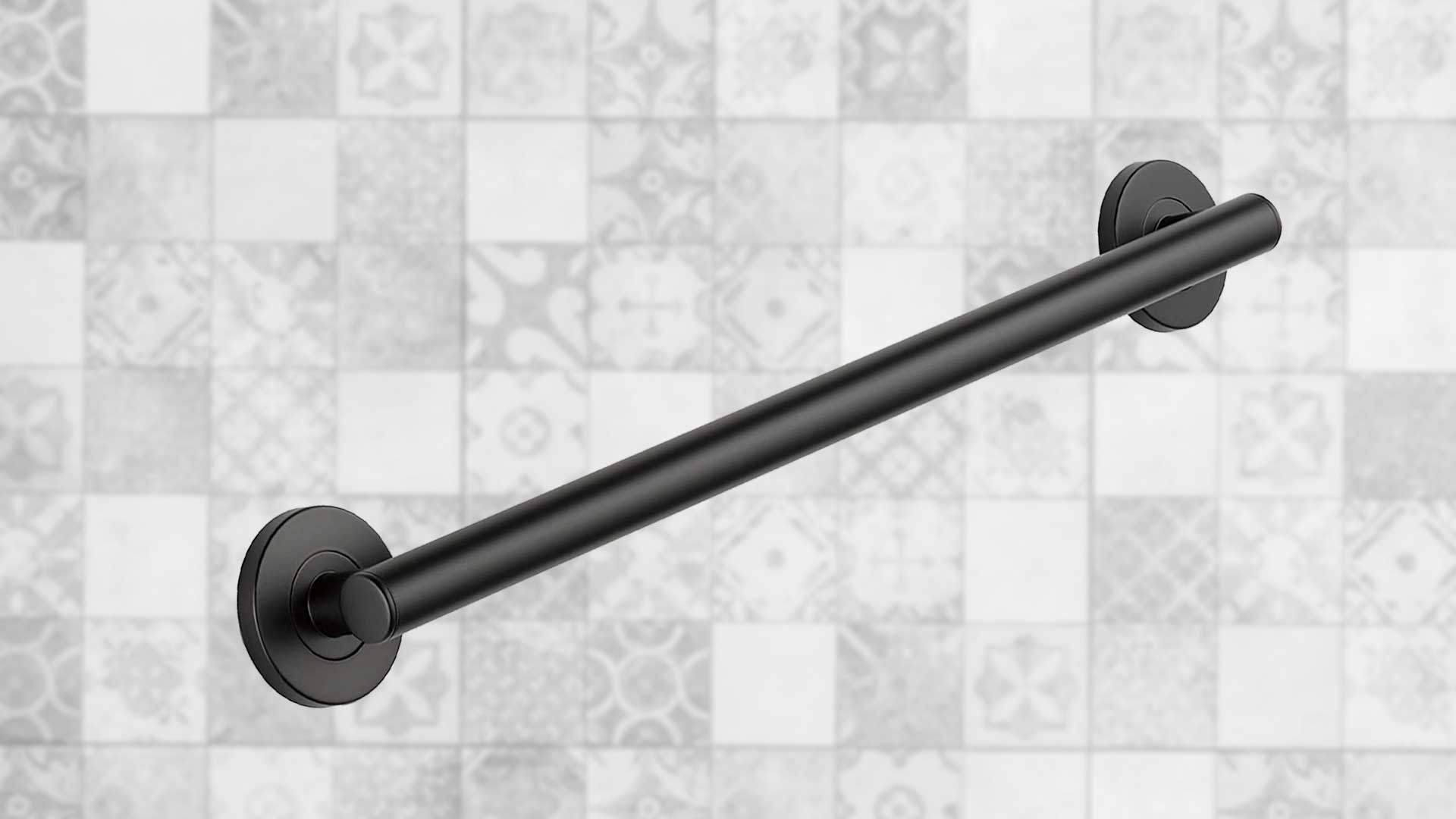
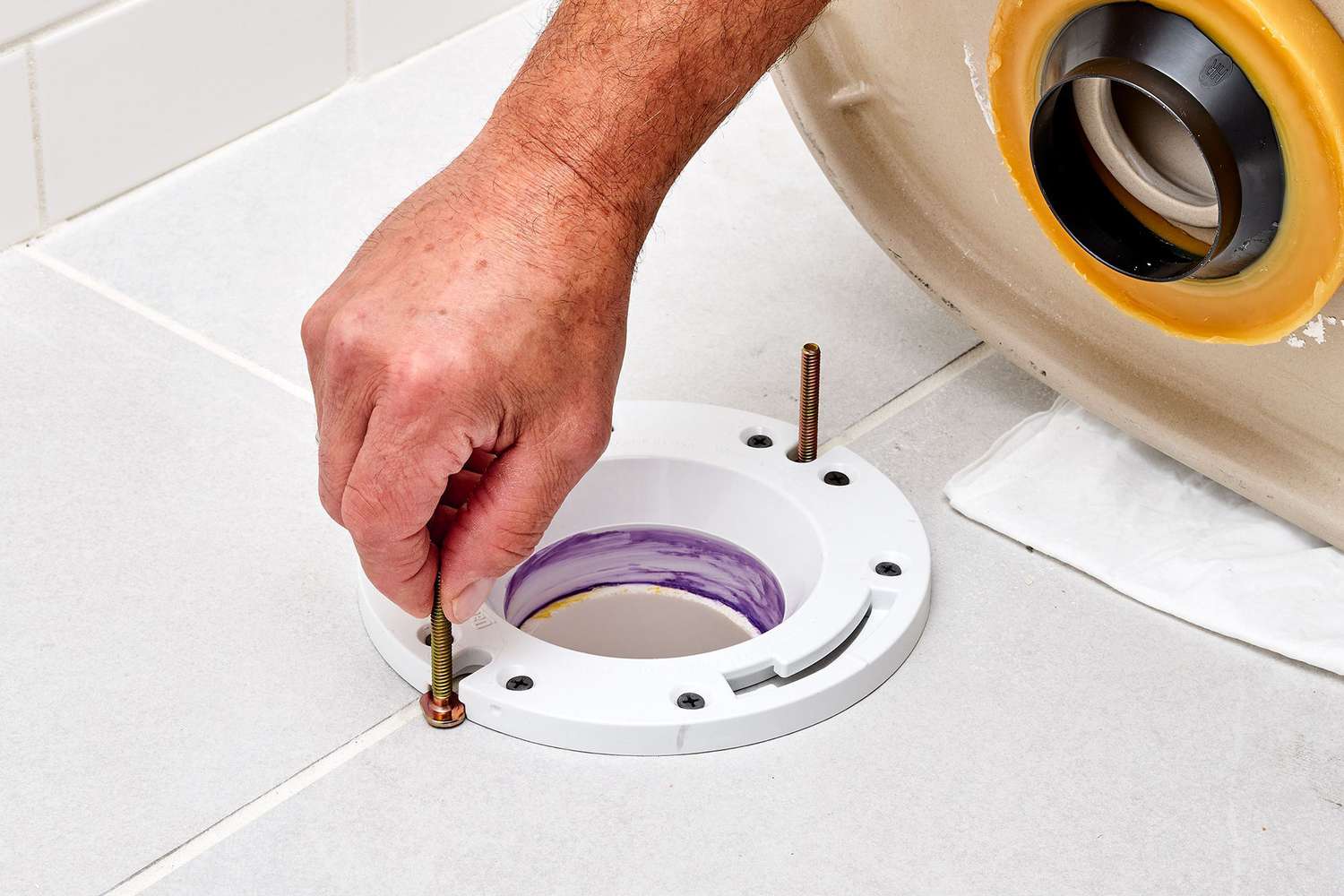
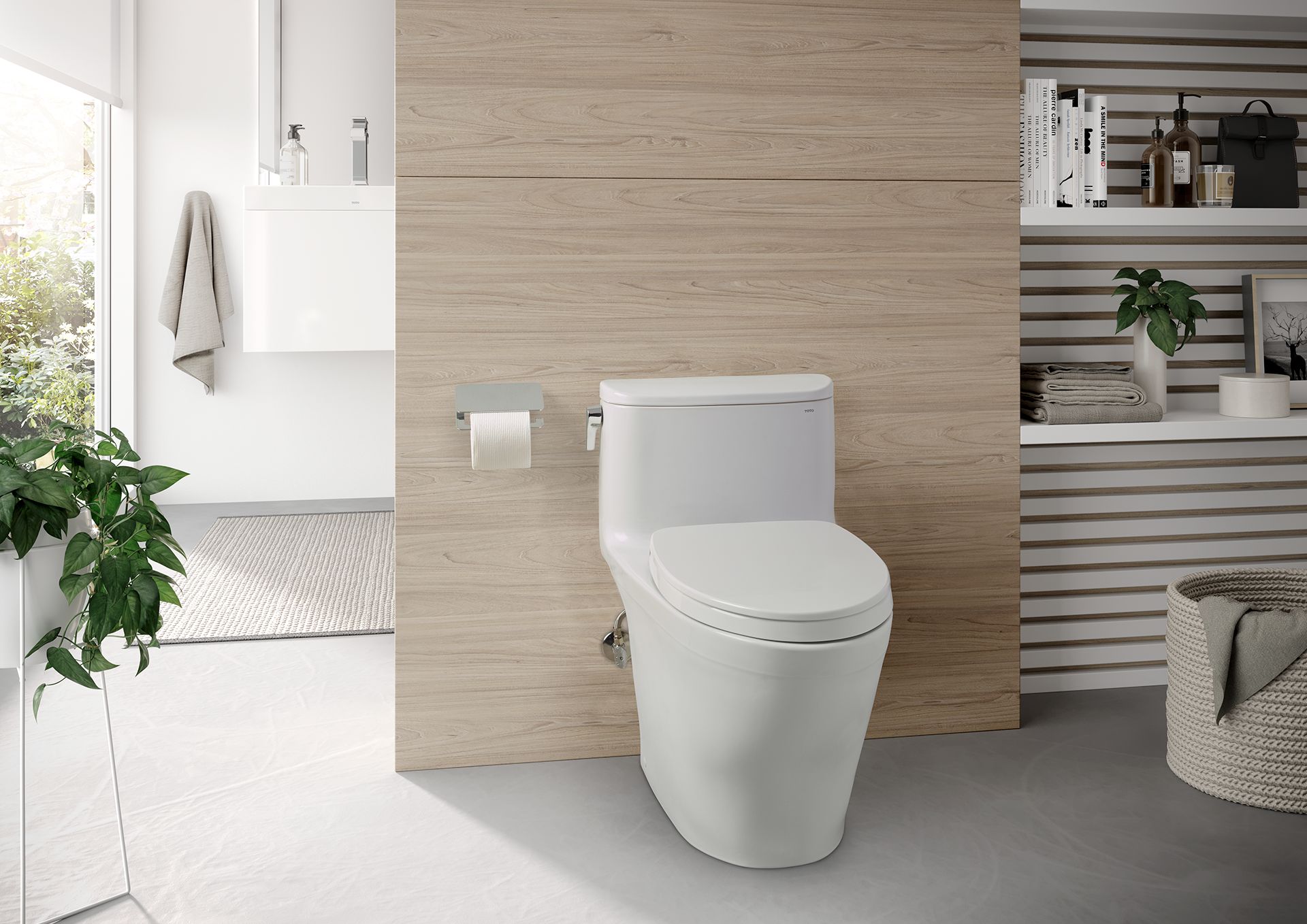
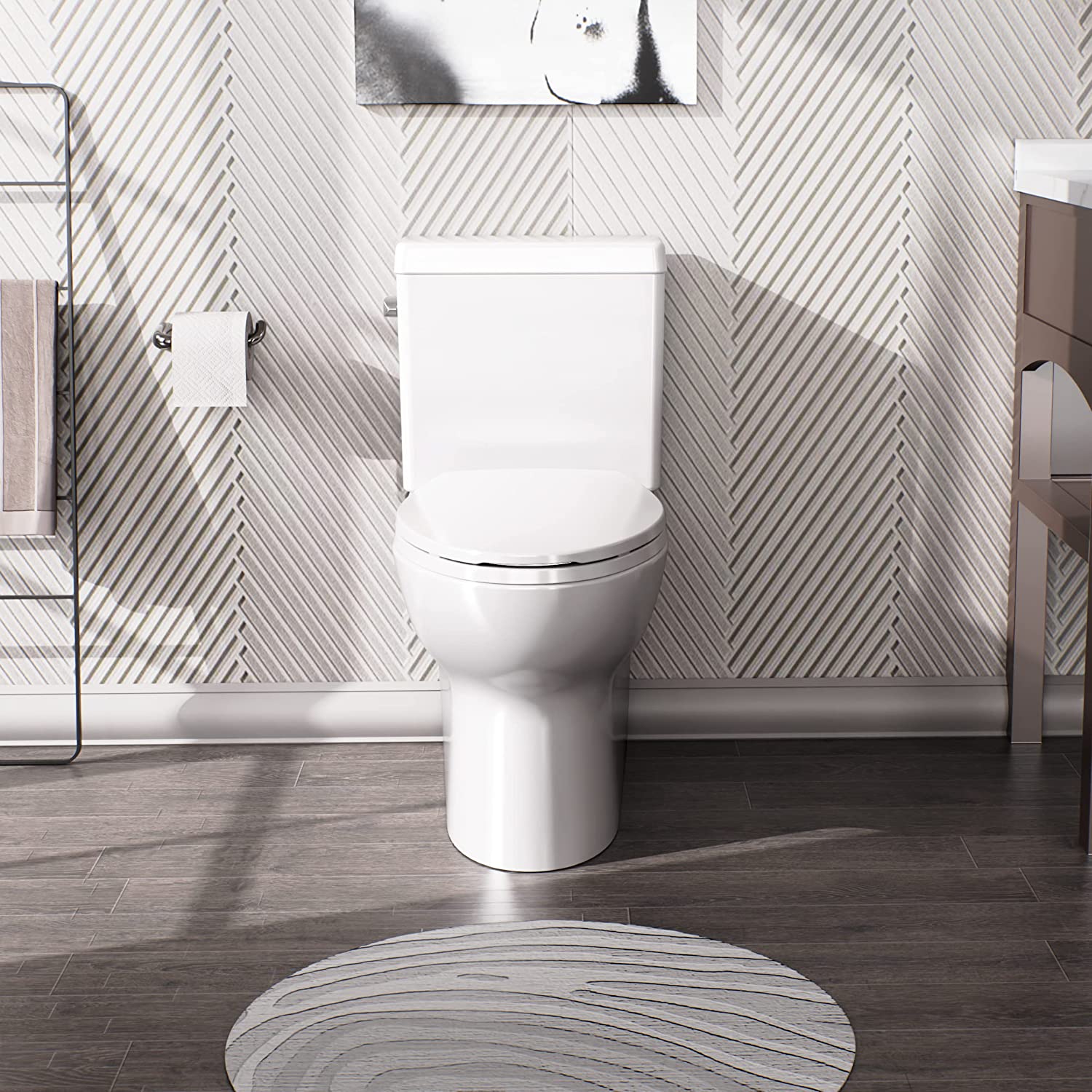
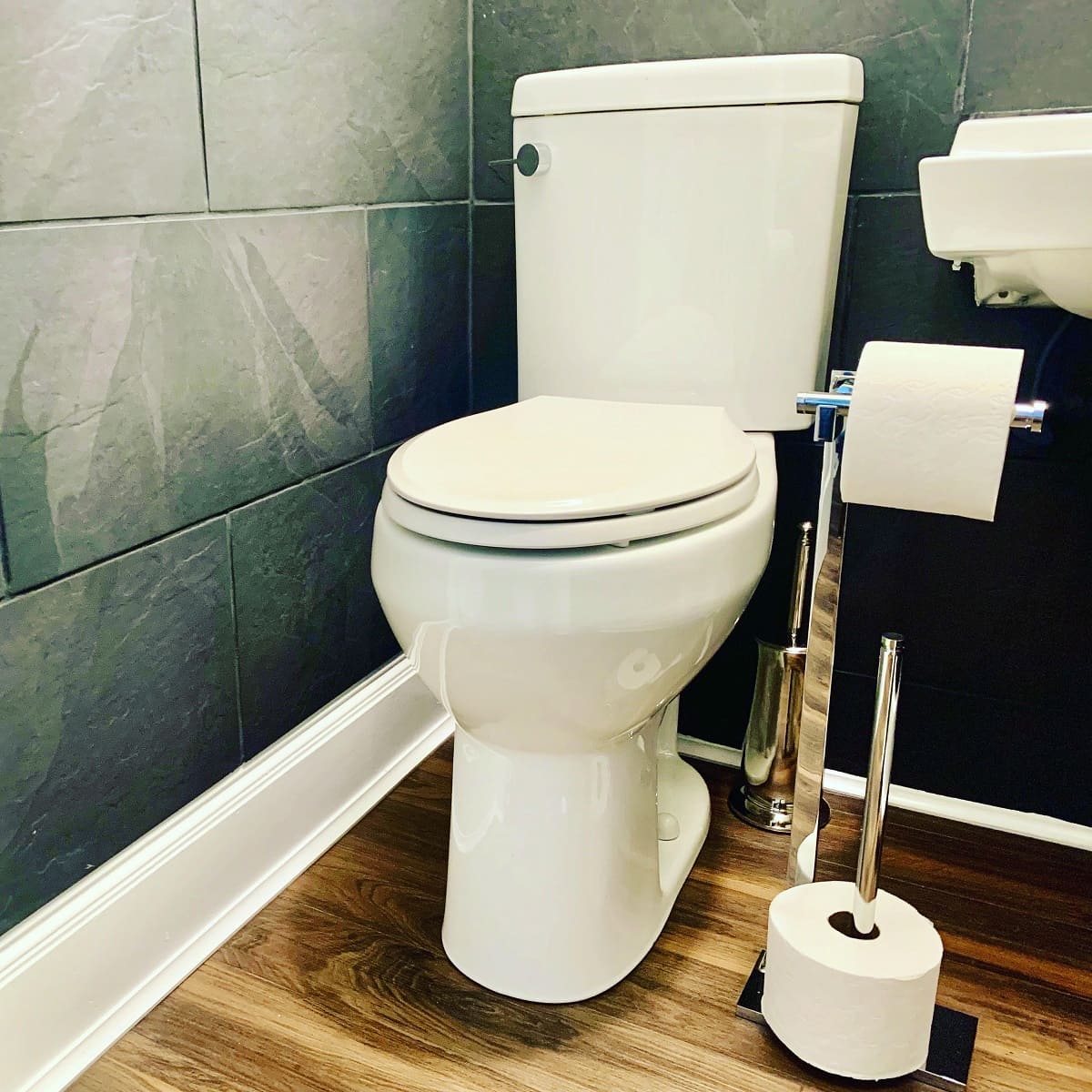

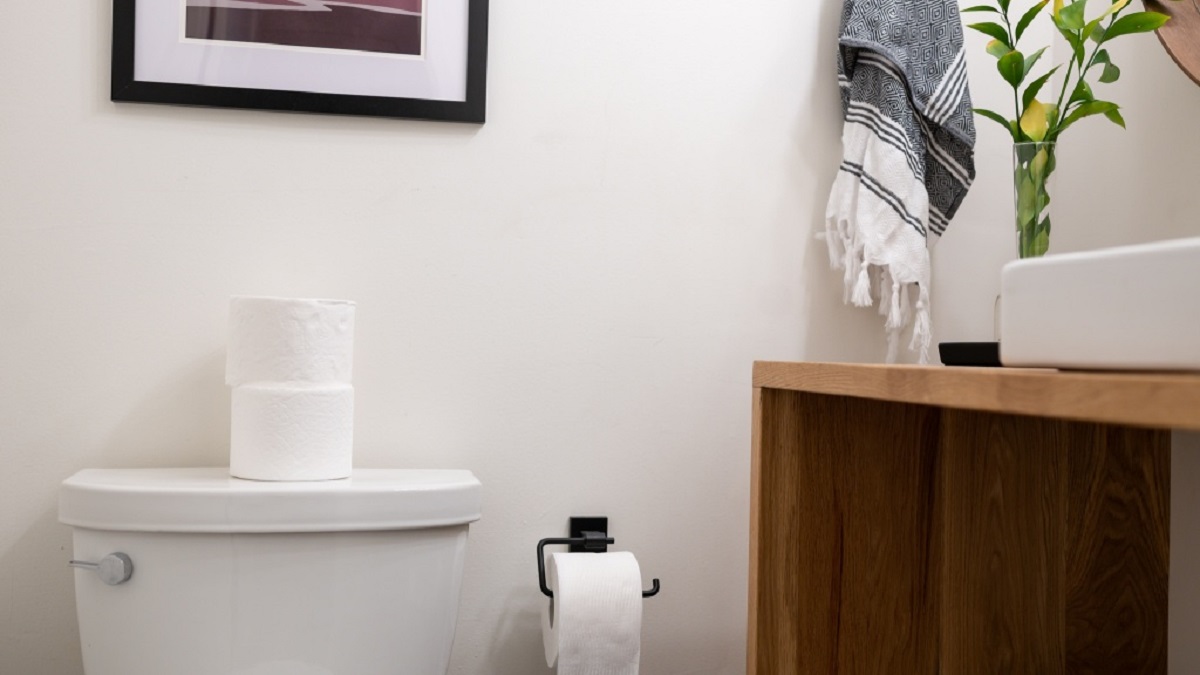

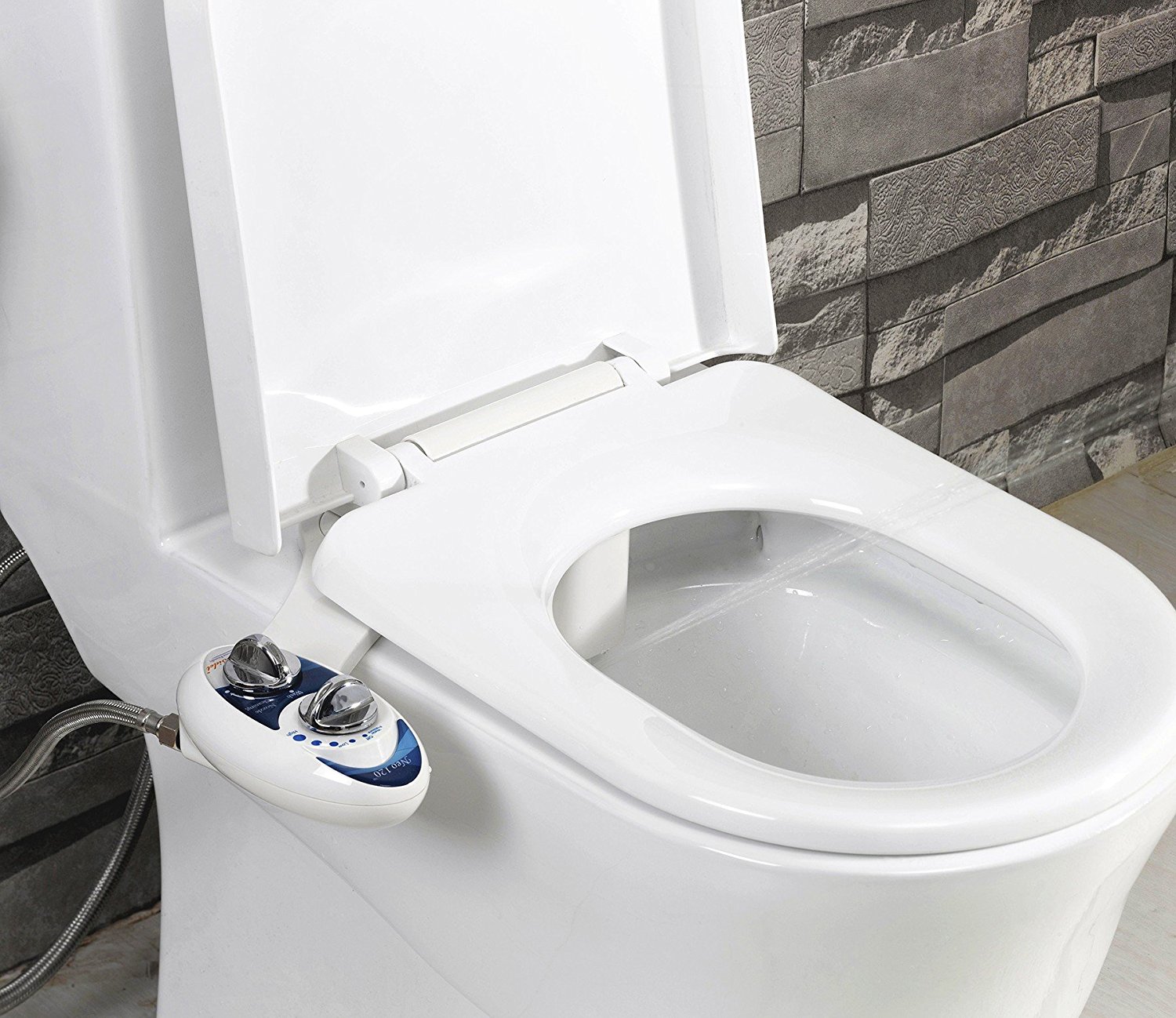
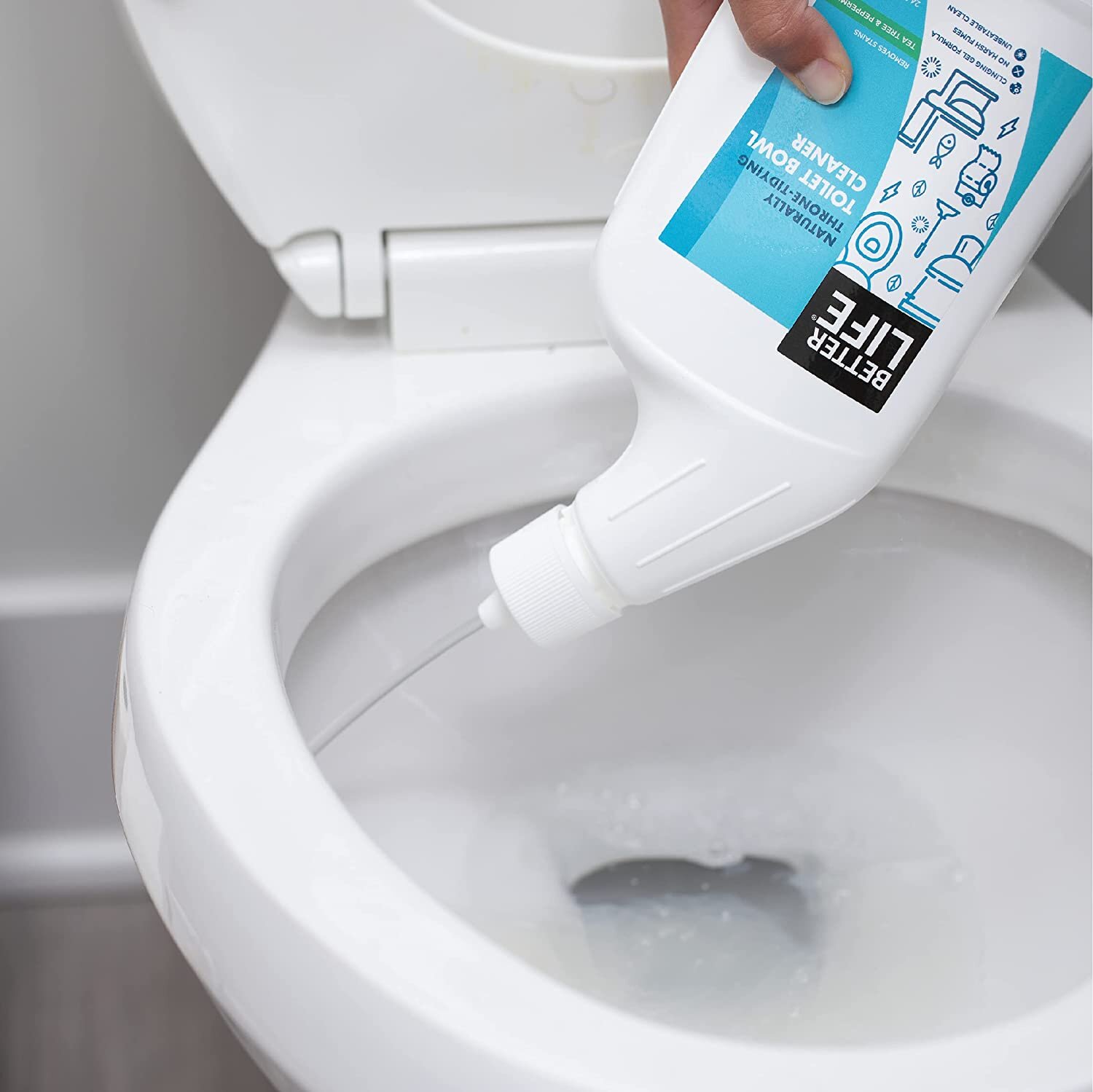
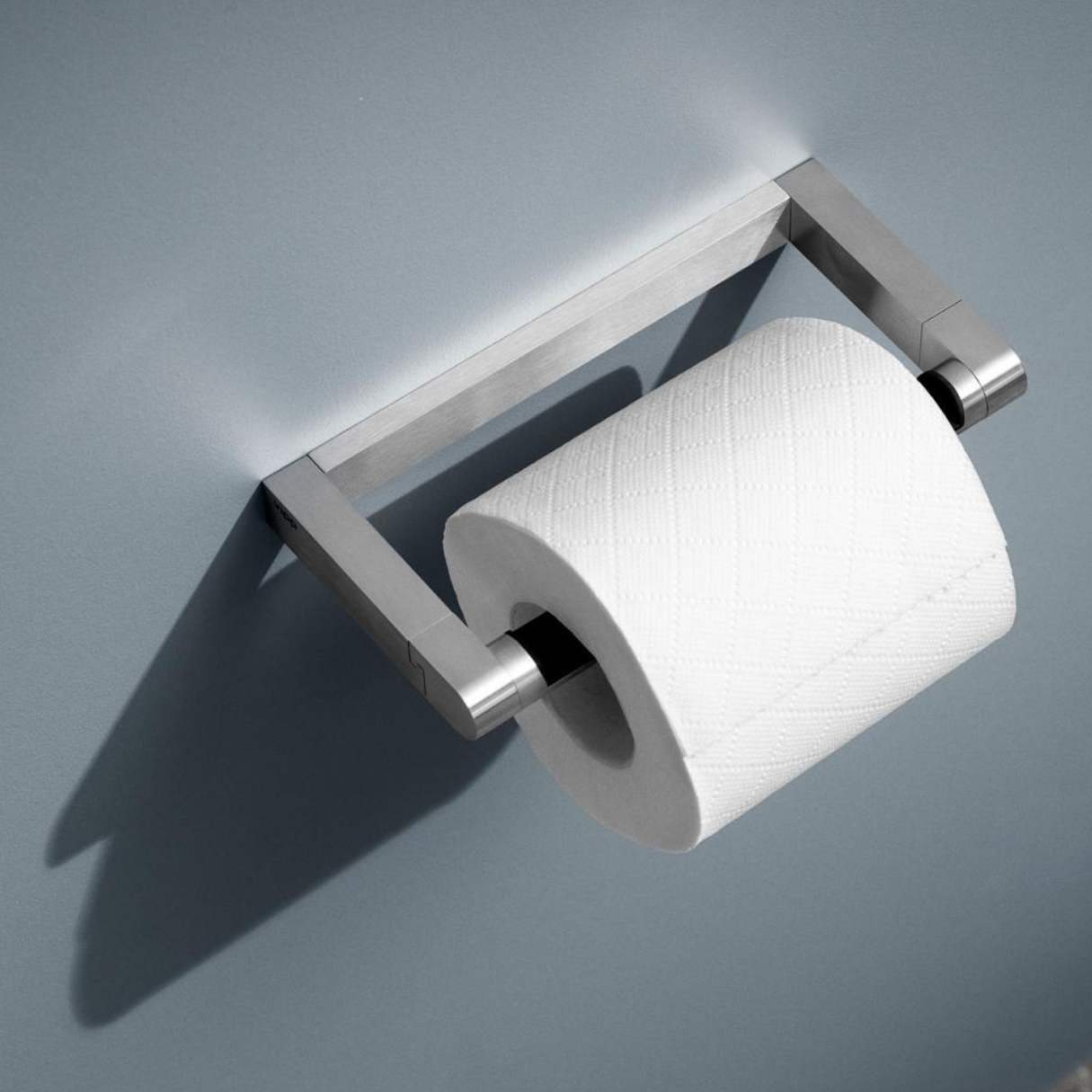
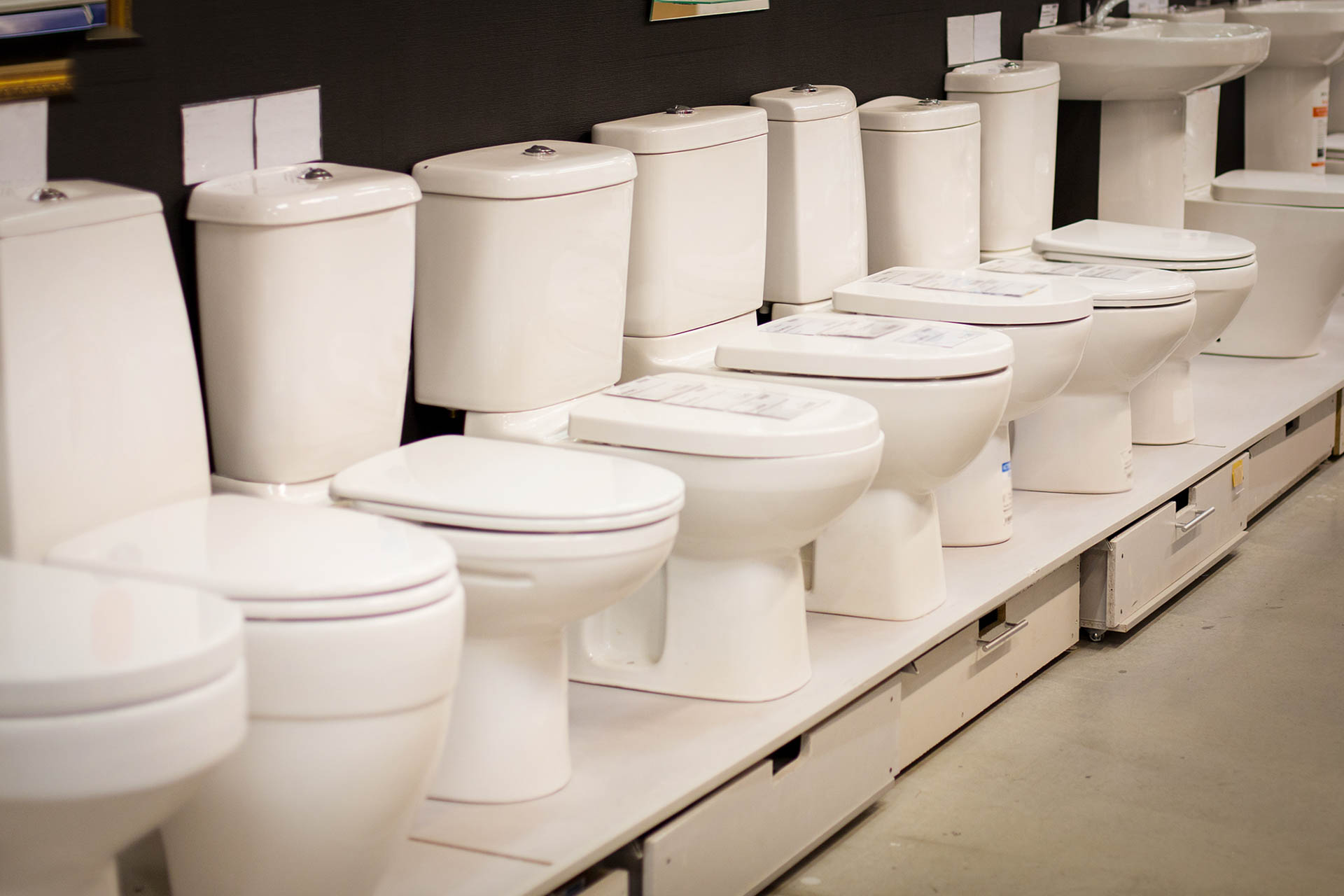
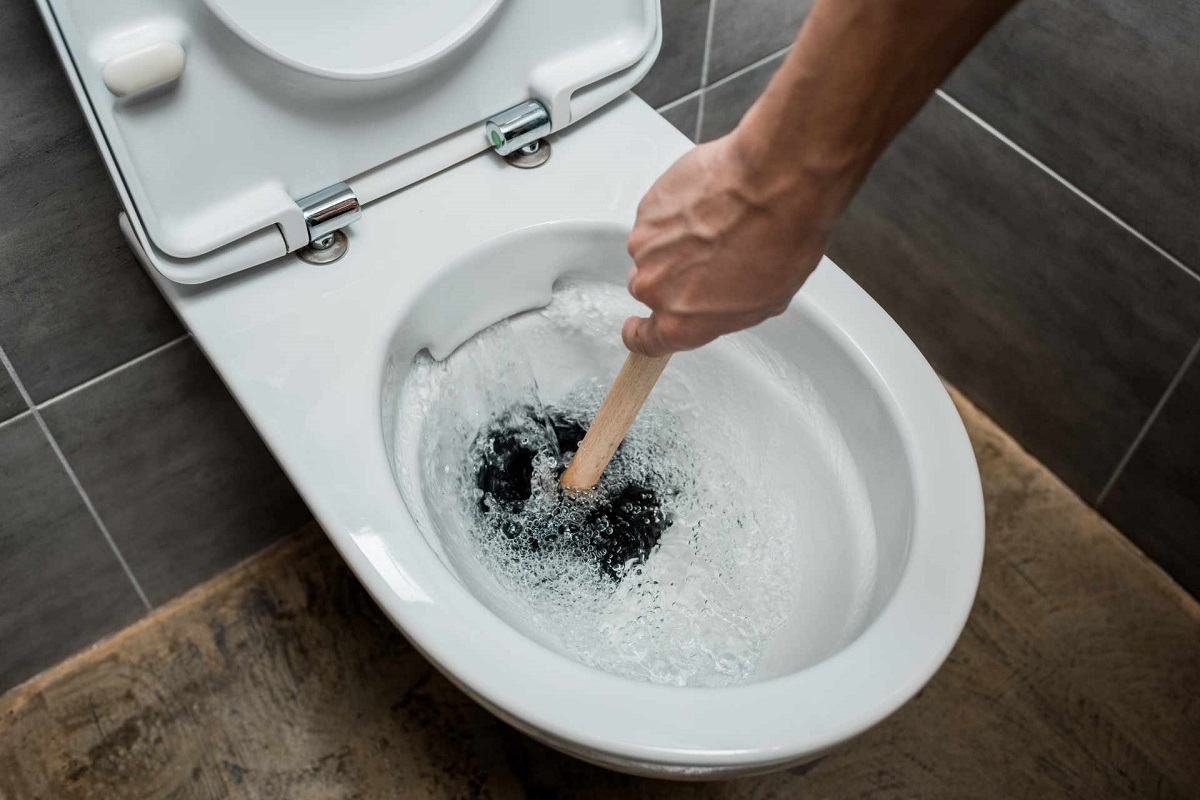

0 thoughts on “What Is An Ada Compliant Toilet”